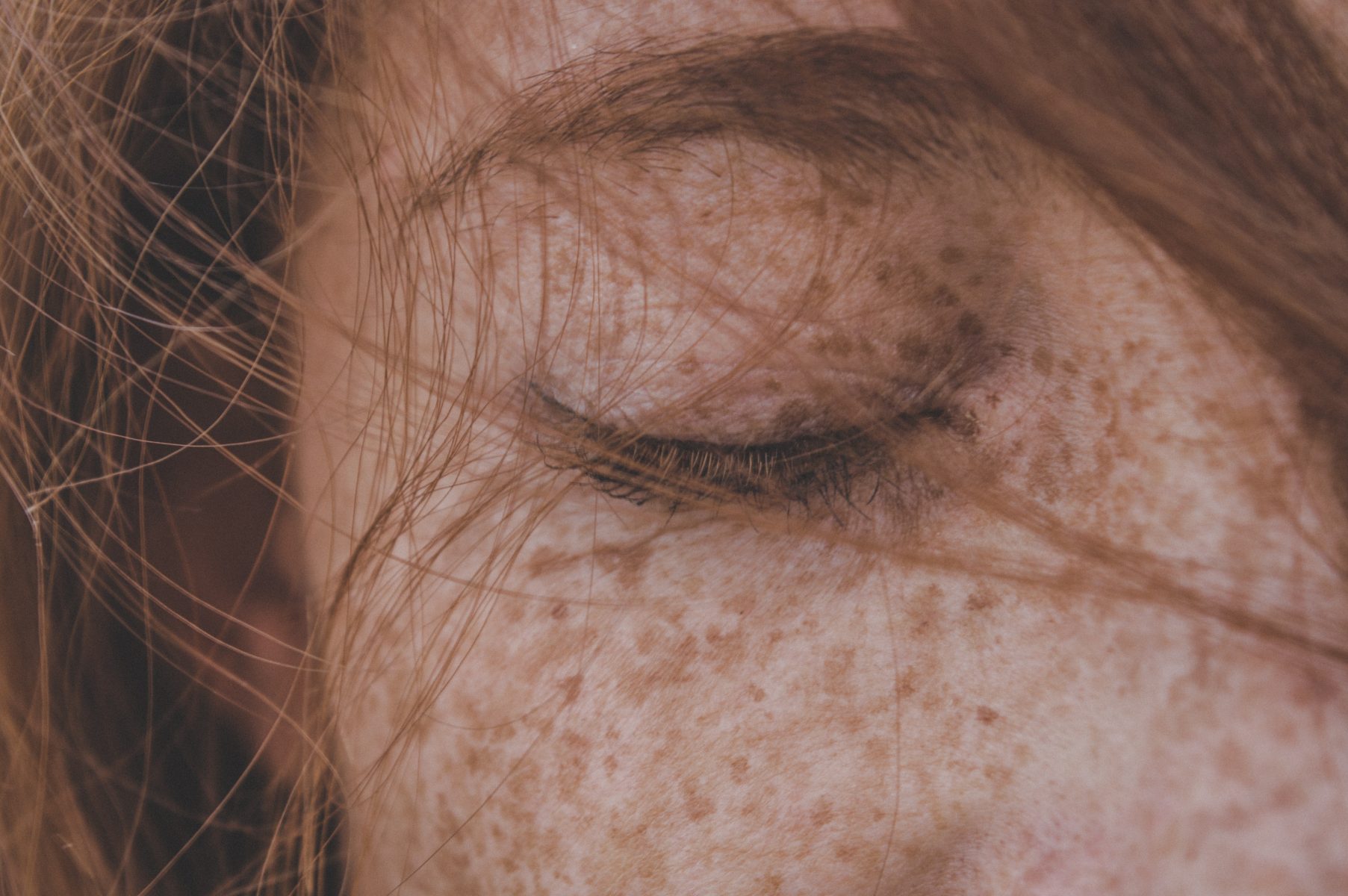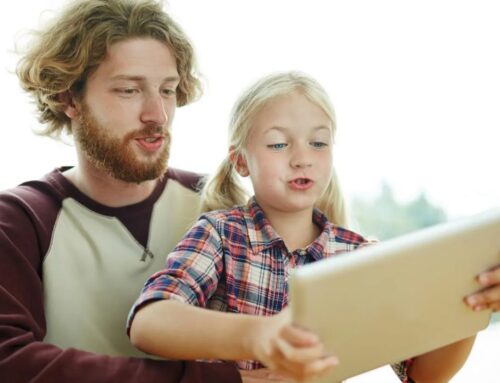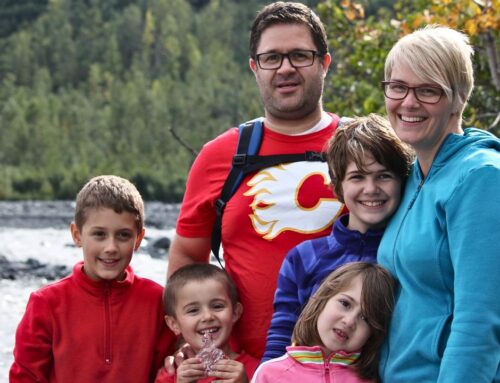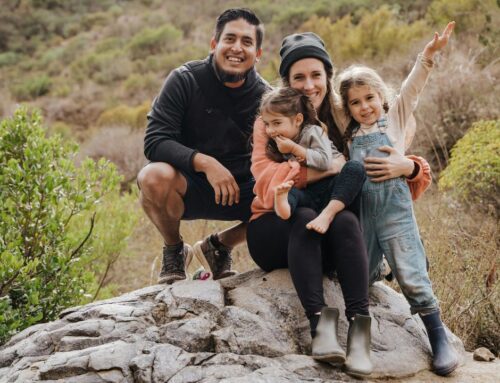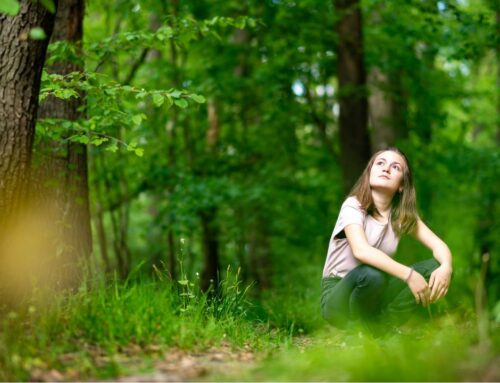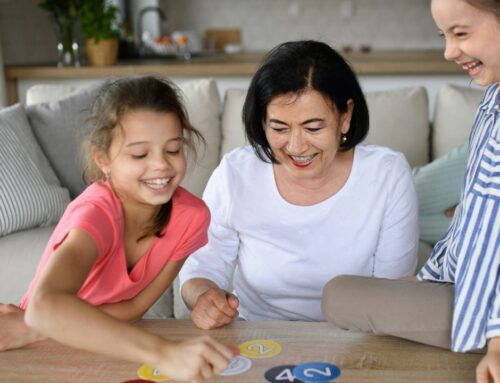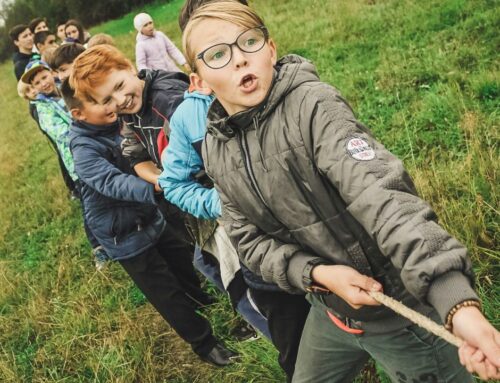By River Meyer, SelfDesign Director of Organizational Learning and Culture
This is the first article in a series exploring the SelfDesign philosophy.
In our present-day culture we often hear about the need to be present. Magazine articles, blogs, and entire books are devoted to the topic. Presence is certainly a desirable and attainable state, one we can all practise as our lives allow, yet is it realistic to think we can continuously live in that realm?
In my experience, being present isn’t a state we can experience in every moment, even though we’re sometimes given the impression that it’s the ideal. In reality we lead lives that require us to step into the future or the past on a daily basis.
We have tasks that need to be organized, activities that require planning, and expectations to be met. We’re a logistical society with so much on the go. The future can, necessarily, pull us out of the present.
And sometimes we need time to reflect on the past, which also takes us out of the moment. Reflection is essential, allowing us to make sense of our past experiences and learn from them.
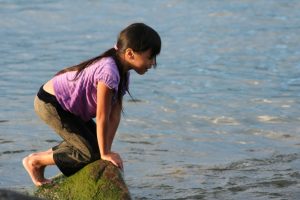 These three awarenesses of time – past, present, and future – are vital in our human journey. Yet of the three, in SelfDesign we begin with being present and we consider it to be a conscious choice, one to be practised for specific reasons rather than expected as a constant state.
These three awarenesses of time – past, present, and future – are vital in our human journey. Yet of the three, in SelfDesign we begin with being present and we consider it to be a conscious choice, one to be practised for specific reasons rather than expected as a constant state.
So what is the importance of presence? When should we aim for it? And how can we step away from feeling guilty, given current cultural pressure, in the times that we’re not fully in this moment?
Being present, seeing what is within us and in front of us at this time, gives us the important opportunity to appreciate what is happening right now rather than unconsciously move through our experiences. We are truly here, available to the moment.
Finding presence offers us the gift of stepping away from future and past, allowing us to simply be, rather than do, plan or reflect.
In full presence judgement doesn’t exist, because judgement would require that we step away from being ‘here’ and instead evaluate what is happening. As well, we cannot feel anxiety when we’re present, because anxiety is a reaction to an unknown future. Both judgement and anxiety prevent a state of presence.
When, then, should we focus on being present? I’m sure there are a variety of views on this, but it’s my opinion that we benefit most if we concentrate our efforts in times that are related to relationship, whether with others or with self. When we are in conversation, when we are with our children, partner or friends, when we are meditating or contemplating – these are times that are important to be in the moment, not distracted by future or past. These are times that connect us in meaningful ways, that deepen our relationships and that engage us. They create opportunities for growth and gratitude.
With these factors in mind, we can begin to see that being present becomes a matter of choice rather than a requirement or a reason to feel guilty if we’re not there. We can choose our moments, and when we make the choice we embrace presence fully and joyfully. We step in and then out of it, acknowledging its importance yet knowing we can’t be in the here-and-now continuously. Presence is a gift we give ourselves, as well as others, when we can.
I believe we can aim for a balance that is healthy for each of us. We may be able to live in full presence only some of the time, but we also want to avoid being overly focused on the past or future to the exclusion of appreciating this moment in our human experience.
Of the three time experiences, present time may expand us most fully. We can honour its importance by wholly living into it in our chosen moments, connecting with those we value.
This topic, as well as others offered in this blog series, is discussed in more detail in the SelfDesign Path course, a resource available to parents and guardians with children enrolled in SelfDesign Learning Community and to educators in the program.
Other articles in this series will be published over the coming months. Read more

